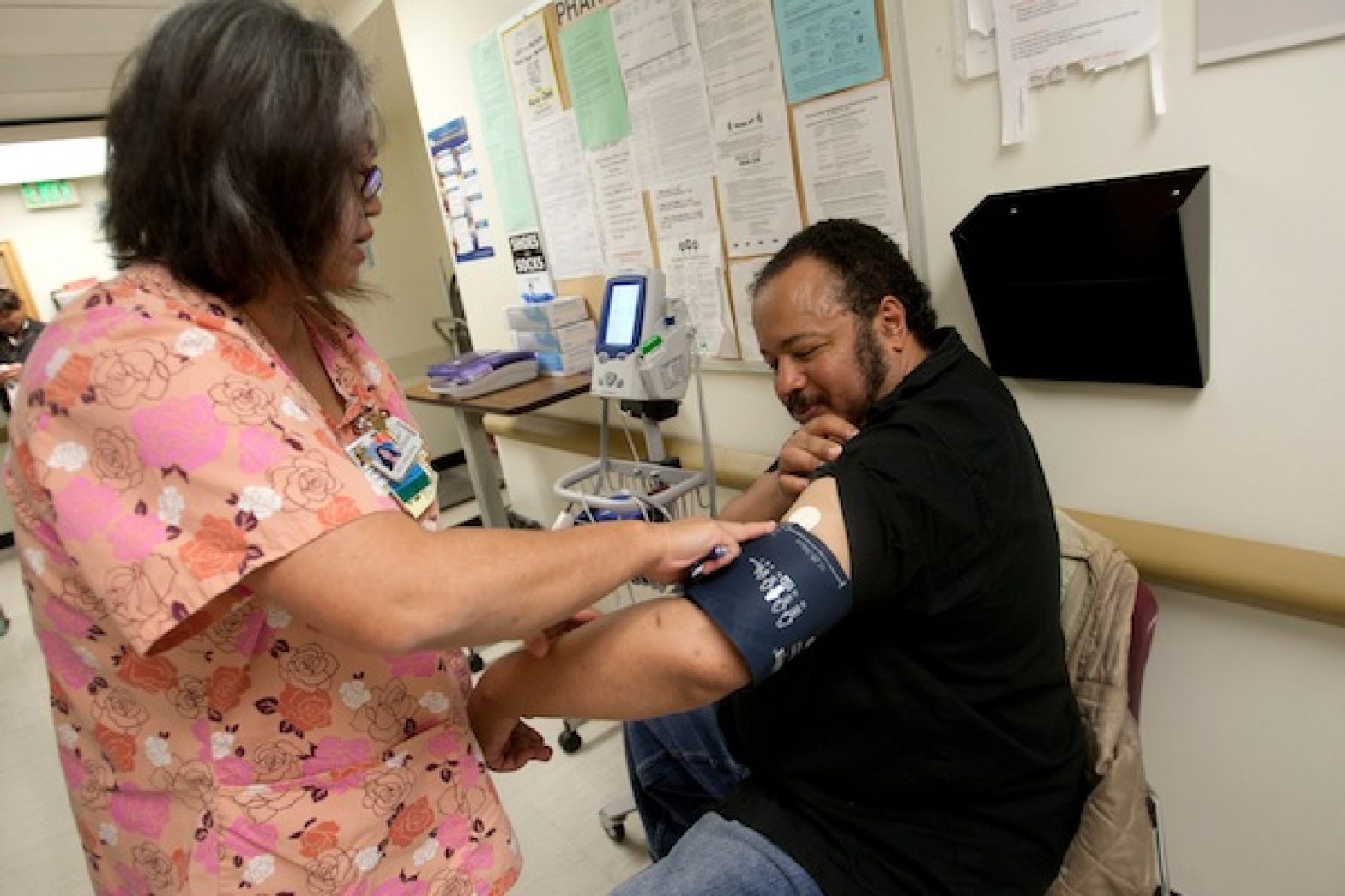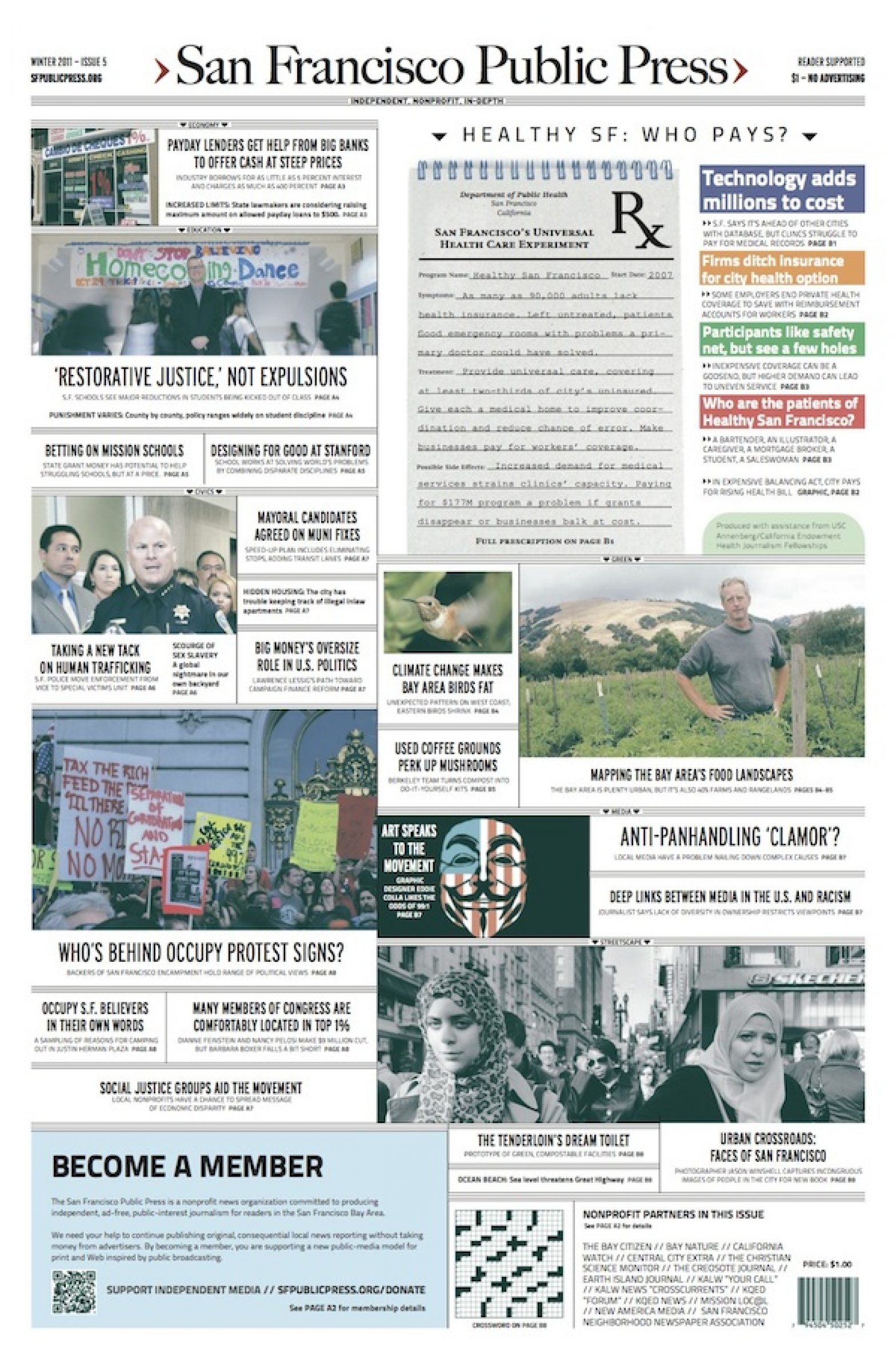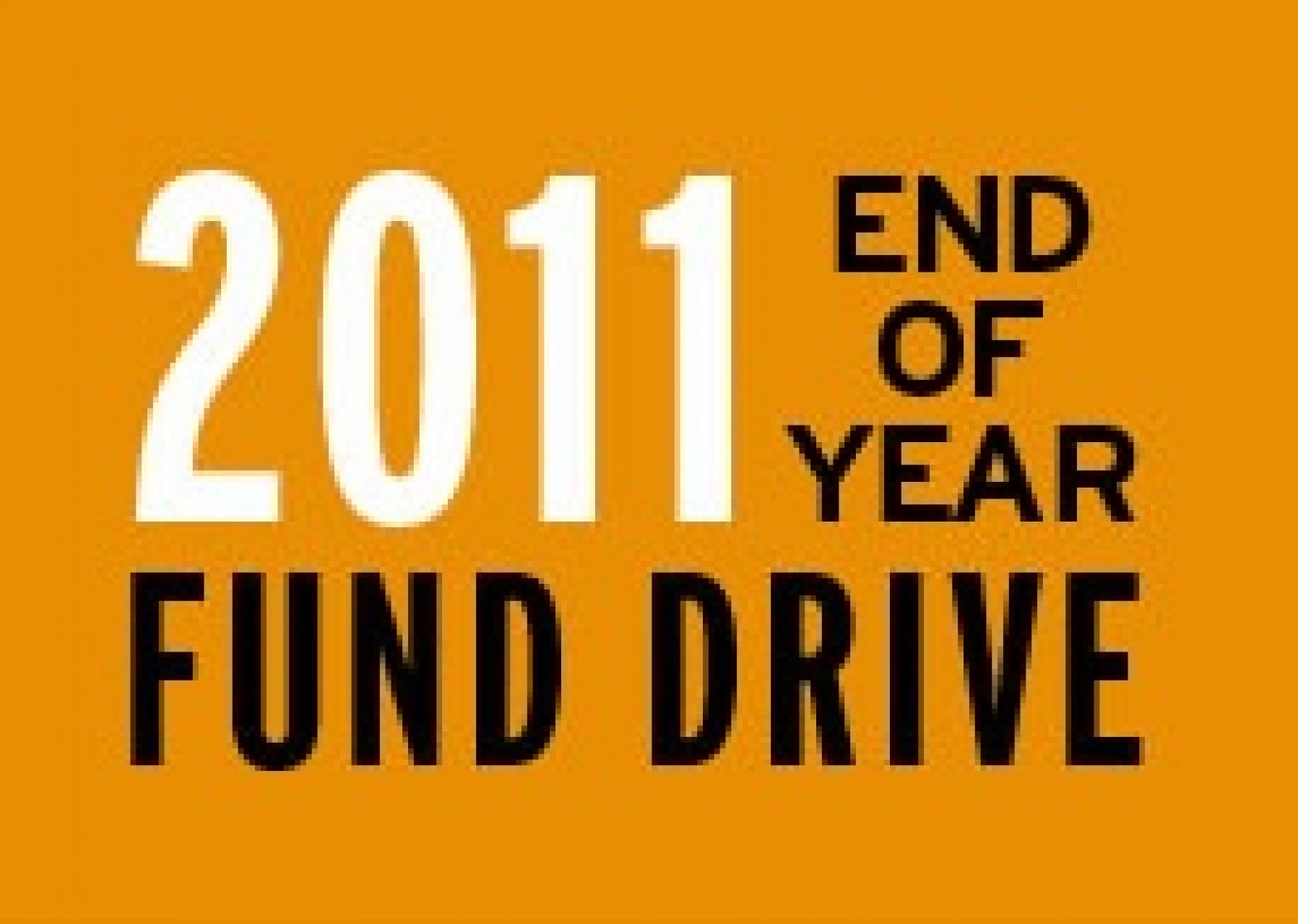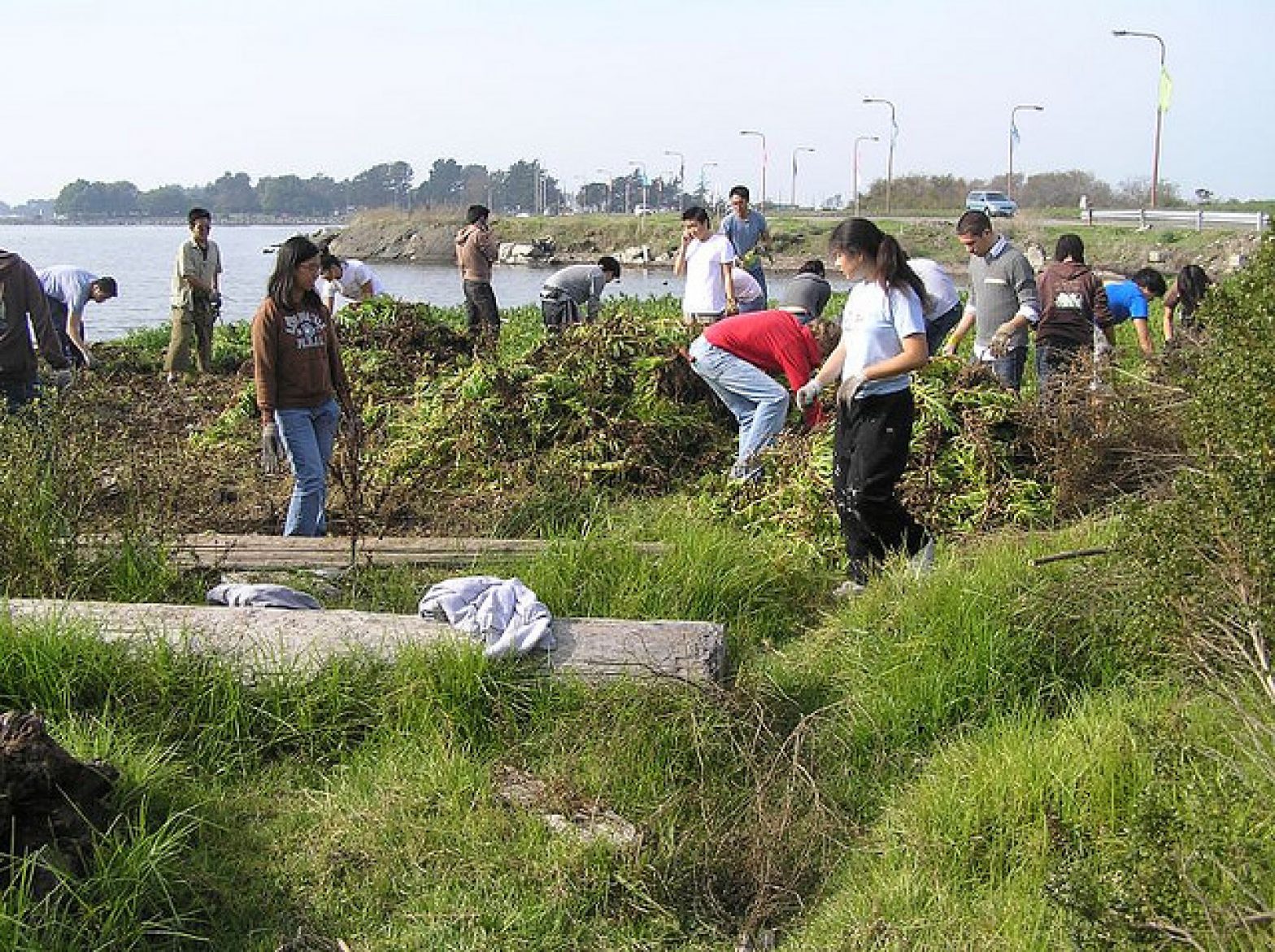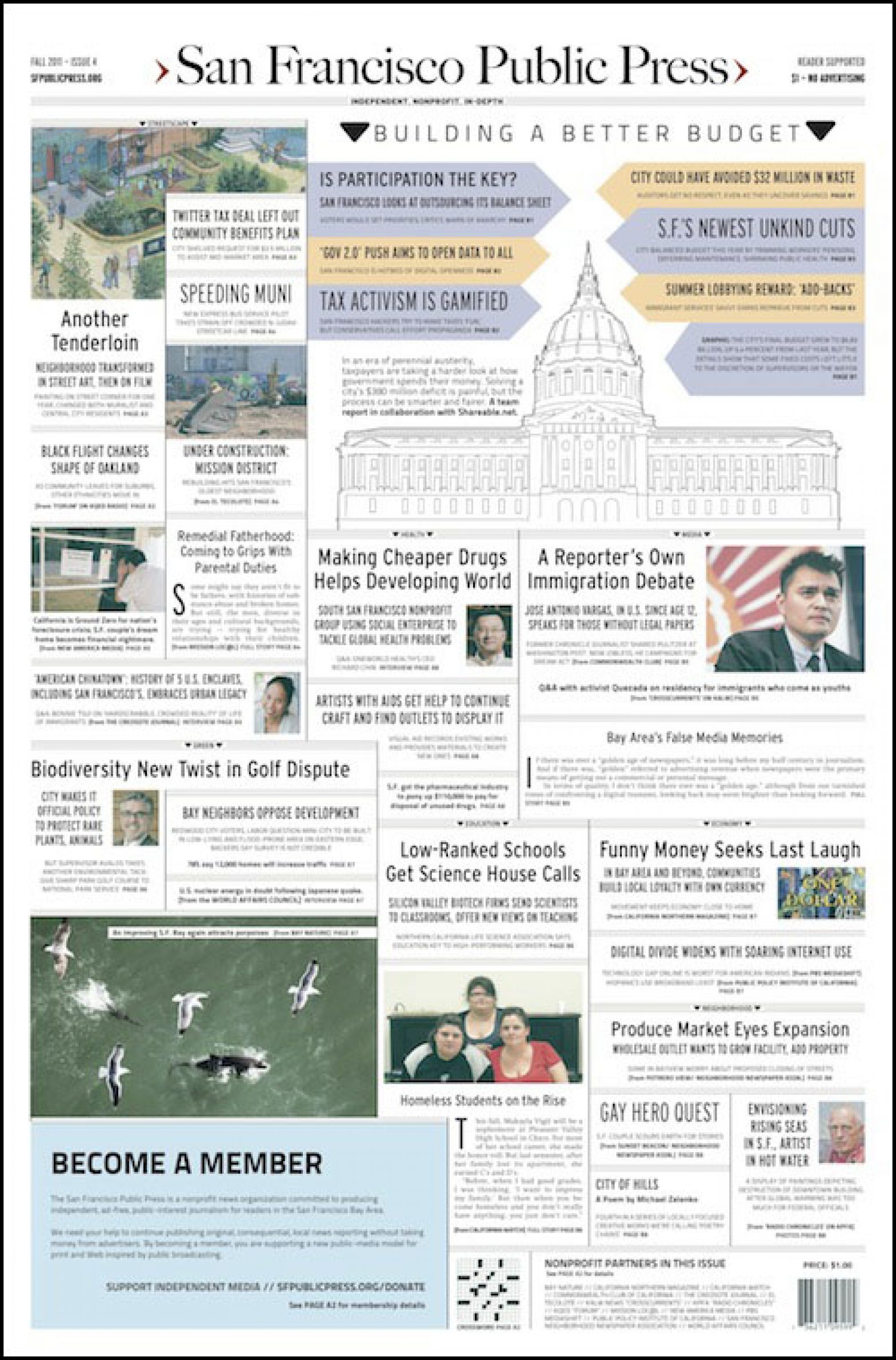From the Newsroom
Uneven fight against human trafficking — San Francisco Public Press Issue #6
FOR IMMEDIATE RELEASE: WEDNESDAY FEB. 15, 2012
CONTACT:
Michael Stoll, executive director
Lila LaHood, publisher
(415) 495-7377, news (AT) sfpublicpress (DOT) org
UNEVEN FIGHT AGAINST HUMAN TRAFFICKING — SAN FRANCISCO PUBLIC PRESS ISSUE #6
SAN FRANCISCO — The Bay Area’s battle against the scourge of human trafficking has been hampered by state inaction because of budget cuts and internal competition among an array of local law enforcement agencies and nonprofits that work on the issue. As a result, some counties arrest hundreds of traffickers and some hardly any; and victim services providers often have strained relations with the police. Those are among the findings of a team reporting project in the Spring 2012 print edition of the San Francisco Public Press, hitting newsstands on Feb. 15.
